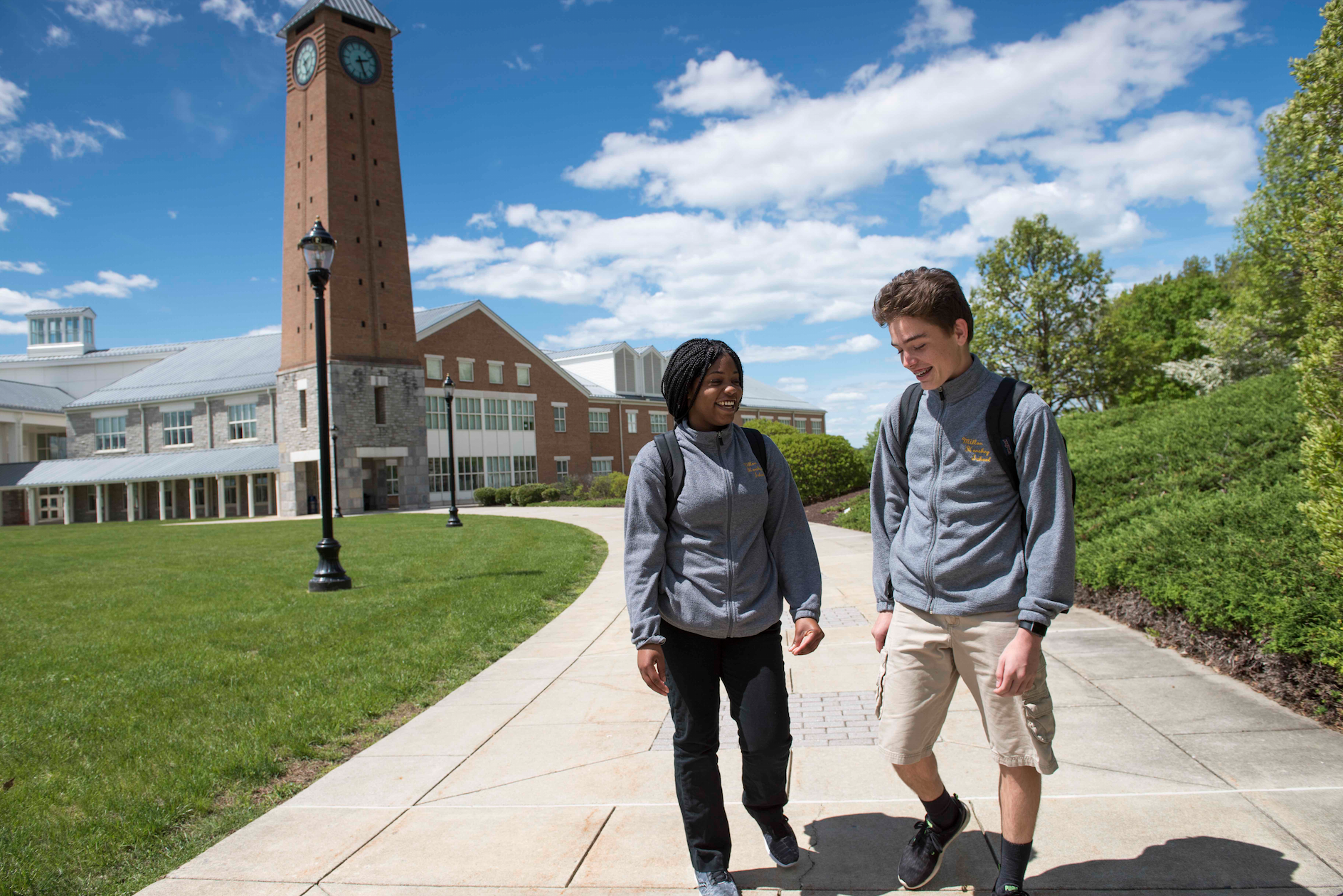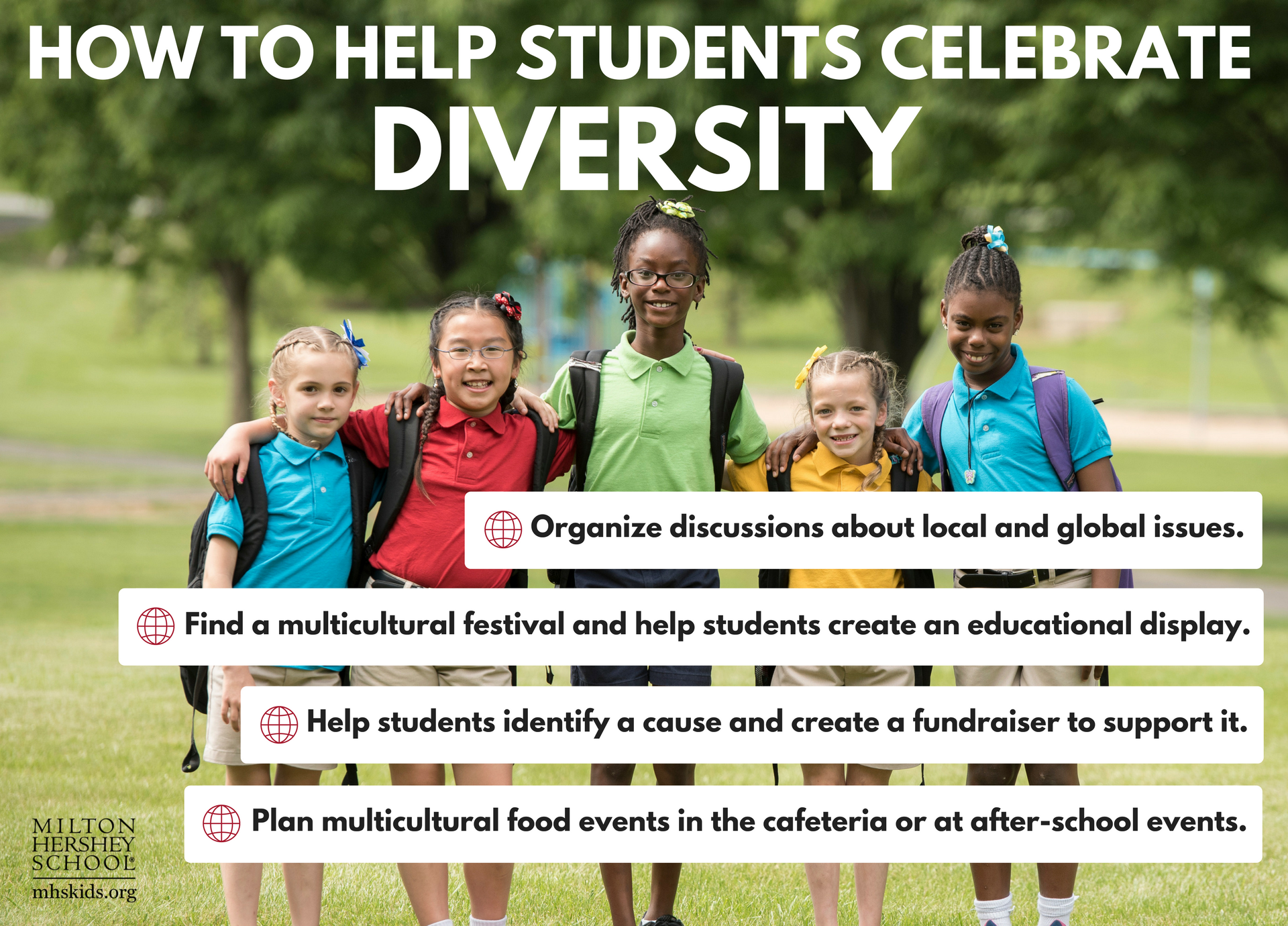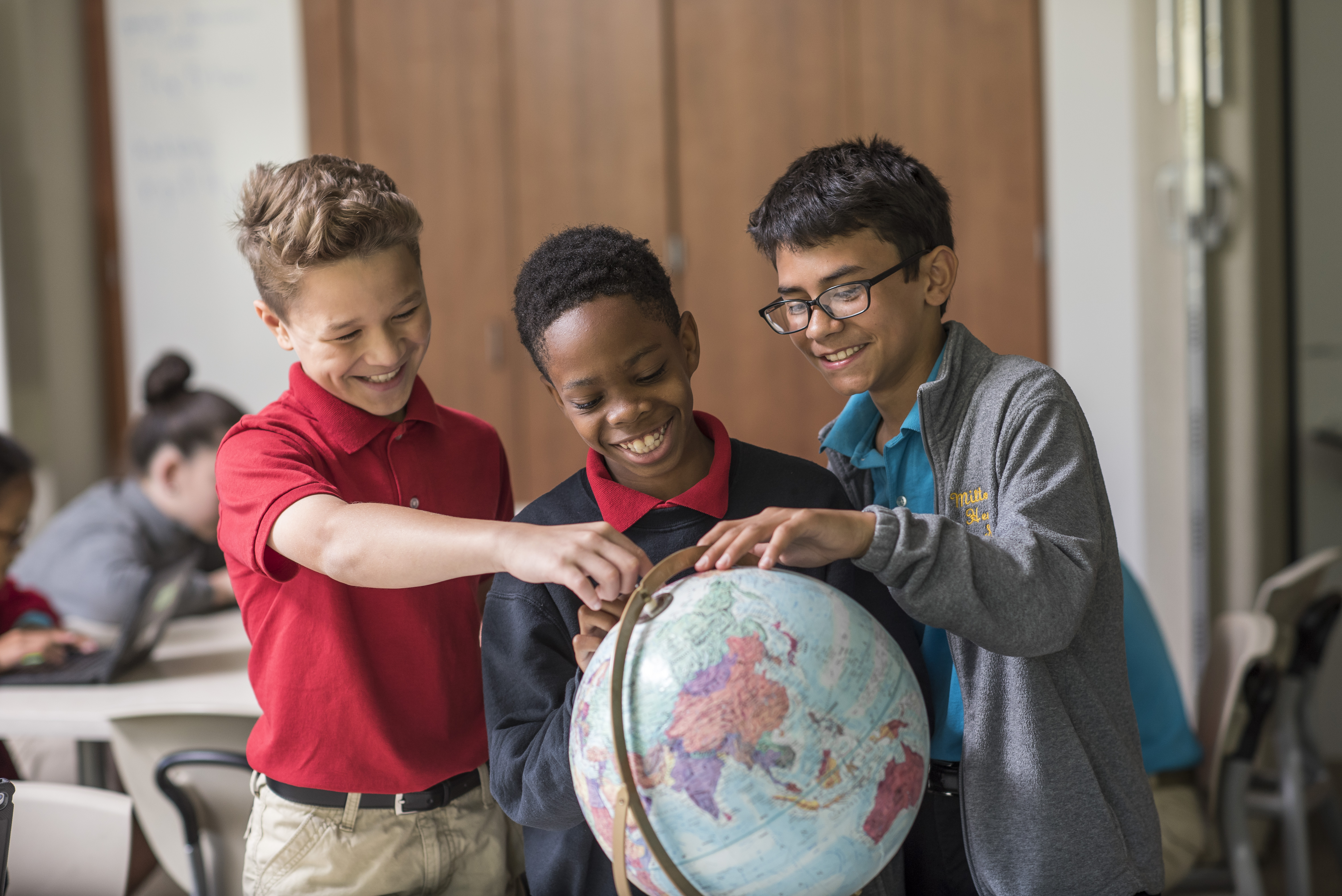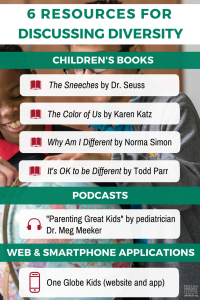How to Help Students Understand and Celebrate Diversity
Featuring Sonnya Nieves, Co-Advisor of the MHS Viva Diversity Club
At Milton Hershey School, we have students and families from many different cultures who practice various religions, speak many languages, and come from different parts of the country. There is diversity in the types of music heard on campus, the types of activities happening at every grade level, and the types of food being cooked.
See how we’re helping students of all ages gain an understanding and appreciation for diversity.
Building an Appreciation for Diversity
Diversity is the inclusion of different types of people—such as people of different races or cultures—in a group or organization.
To recognize and celebrate diversity on the MHS campus, a student group called Viva Diversity was formed several years ago to celebrate everything that makes us unique and everything that connects us to one another. Viva Diversity is an after-school club in the high school that meets once a week. In addition to having complex discussions about important local and global issues, students also participate in activities to learn more about themselves and each other.
“We engage students in open dialogue about important issues that affect our society such as racism, bullying, acceptance, celebrating differences, and honoring other cultures,” said Sonnya Nieves, co-advisor of the MHS Viva Diversity club. “We always identify a cause for the year so students have the opportunity to design, plan, and execute a project that will have a positive impact on their community.”

Students work together to create initiatives that promote messages of unity, loyalty, partnership, strength, and acceptance to the MHS community. Some examples include:
- Participating in a local multicultural festival where students created a display that educated the community about female empowerment.
- Creating a fundraiser to raise money for the local Community Action Commission—a nonprofit community development agency that provides resources to help individuals in poverty become self-sufficient.
- Organizing a multicultural food and activity station at the school’s Mini-THON events.
- Attending the Kennett Square Multicultural and Diversity Awareness Youth Conference where students sparked meaningful dialogue with peers from other schools in the eastern Pennsylvania area.
- Collaborating with the MHS Food Services team to plan special lunches to celebrate the federally recognized cultural heritages. Students play cultural music and deliver presentations to share more information about the culture with their peers.
How to Talk About Diversity with Students
Have you ever been out in public and your young child asks a pointed question about another person’s appearance? Most of us have experienced these questions from our unabashed and naturally curious children.
When is the most convenient time to bring up the topic of diversity? Anytime! Teaching our children about other cultures, races, and differences doesn’t need to involve a long, serious discussion. It can be a series of small conversations.
Demonstrating an appreciation of others’ differences is key. This teaches our children to value people regardless of their outward appearance. As you talk about people’s differences, be mindful to value the individual and place less emphasis on a label. A diagnosis or physical attribute does not define the whole person.
More children’s authors and screenwriters are embracing diversity by intentionally representing individuals of different backgrounds, races, cultures, and physical abilities. Books and movies are a great way to engage your child’s natural curiosity about differences. Libraries are a fun place to visit, and librarians love to help families find resources.
Below are a few resources to consider on your journey of discovering diversity:
Children’s Books
- The Sneeches by Dr. Seuss– In this story, two types of Sneeches learn that neither type is superior and that they are able to get along and become friends.
- The Color of Us by Karen Katz— This story explores how everyone in the neighborhood is a different shade of brown and subtly explains that people are all different shades of the same color.
- Why Am I Different by Norma Simon— This book outlines the variety of ways people can be different from one another, including hair color, size, language, and family.
- It’s OK to be Different by Todd Parr— The author explores sensitive issues such as adoption and manages to explore diversity in all forms.
Podcasts
- “Parenting Great Kids” by pediatrician Dr. Meg Meeker— In episode #21, she helps parents think about the messages we send our children through our own behavior and attitudes. One of the best ways to teach our children to appreciate diversity and value others is to be mindful of our own attitudes and be more intentional in how we interact with others.
*Adults should listen to a podcast before sharing it with children to make sure the content reflects what they want to teach.
Web and Smartphone App
- One Globe Kids— This site allows children to meet a friendly boy named Valdo who lives in Haiti. Valdo describes what life is like in Haiti and what he likes to do for fun. There also is a free app available for iPhones.




